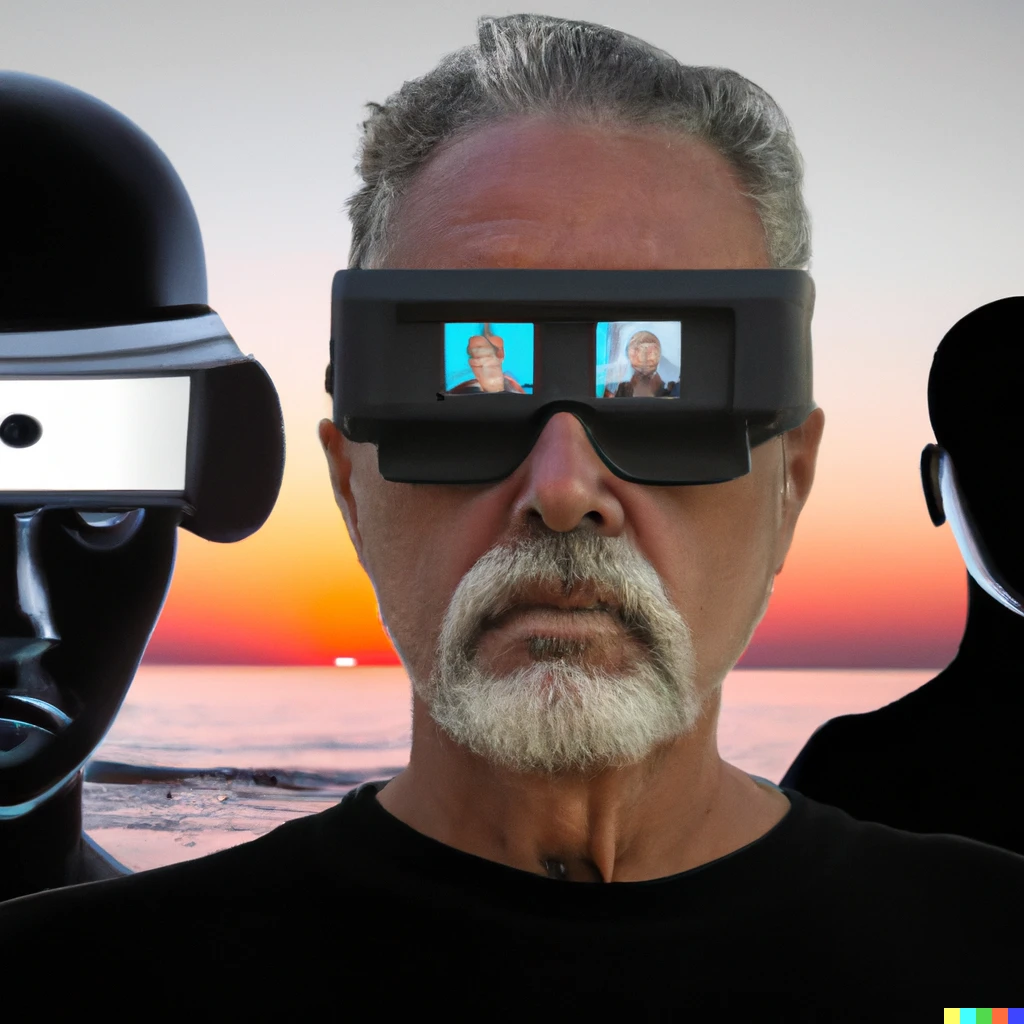
What is DALL·E 2:
Fascinating and innovative topic DALL·E 2 is nothing more than an expression of artificial intelligence created by OpenAI, the company that developed GPT-3.5, the model on which the functioning of ChatGPT is based.
In practice, DALL·E 2 has become the real revolution in image generation thanks to the use of advanced algorithms to create visual compositions starting from textual descriptions.
It works by following a supervised learning process on a vast set of data, made up of images and related descriptions, using this information DALL·E 2 is able to create new images which, according to the developers’ intentions, should correspond to the descriptions provided and it must be admitted that made with some exceptions, due to the total absence of emotions, feelings, creativity and originality, he succeeds quite well.
How does DALL·E 2 work?
DALL·E 2 uses a convolutional neural network (CNN) and a generative adversarial network (GAN) to generate images.
CNN is used to extract salient features from textual descriptions, while GAN is employed to generate realistic images based on those features.
In essence, the CNN helps DALL·E 2 to understand what is being described, while the GAN creates the image corresponding to that description by taking the components from the immense archive of images in its possession and merging them together.
If you are interested in experimenting with DALL· And 2, here’s a quick guide to get started, keep in mind that you’ll already have to have an OpenAI account unless you create one on the spot and that 115 credits to generate as many quatrains of images cost $15 plus VAT:
Access the OpenAI DALL·E 2 website.
After logging into the website, you will be prompted to enter a textual description that represents the image you wish to generate.
For example, you could type “a purple unicorn galloping through an enchanted forest.”
Once you have entered the description, click on the generate button to make DALL·E 2 work.
The model will process your request and generate an image corresponding to the description provided but strongly conditioned by the calculation algorithms, this means that you will most likely be amazed by the originality of the result but very unlikely to find in it what your mind imagined, and this is not exactly a mistake but only the confirmation that AI and human creativity can be complementary but neither can ever replace the other, Luckily I might add.
At this point DALL·E 2 will generate 4 images that are substantially different from each other but related by the fundamental details that were sent with the description, specifically the following ones represent the interpretation given by the AI to the previous prompt:
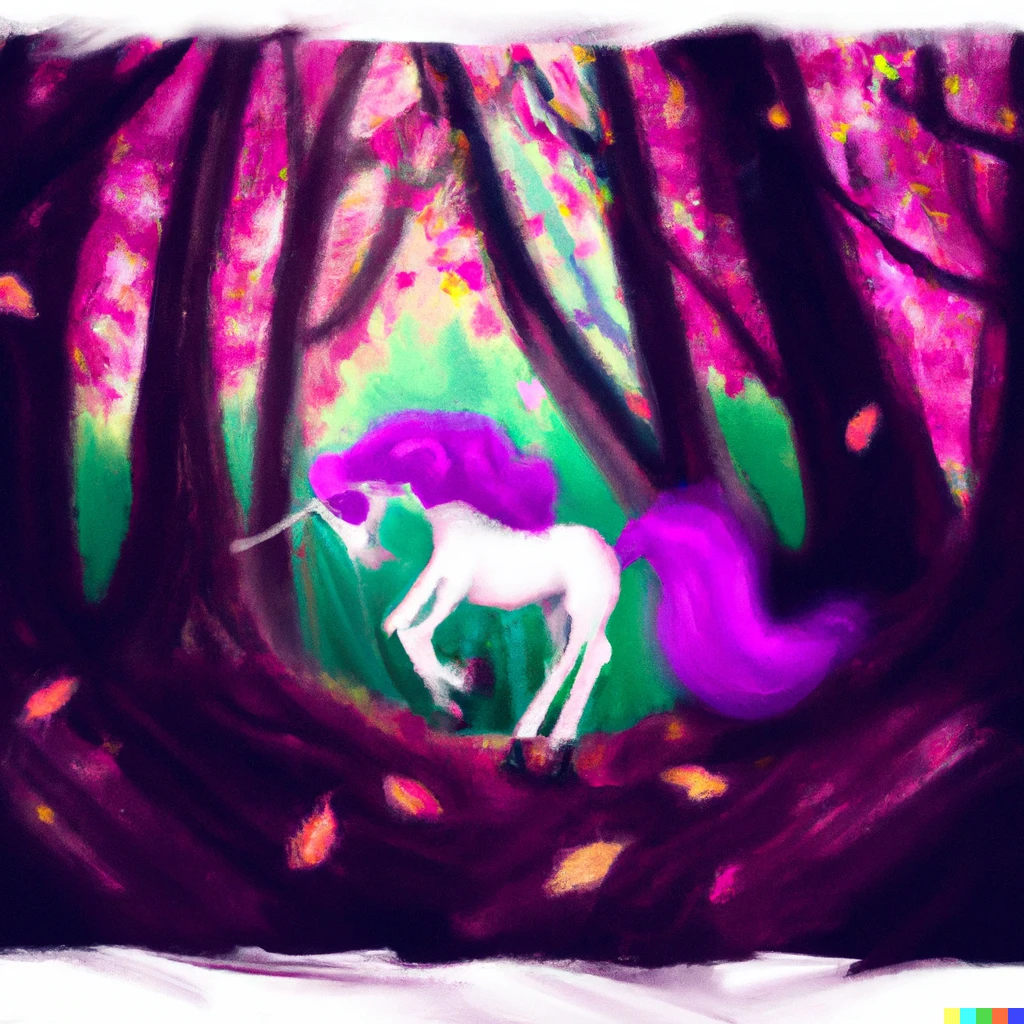
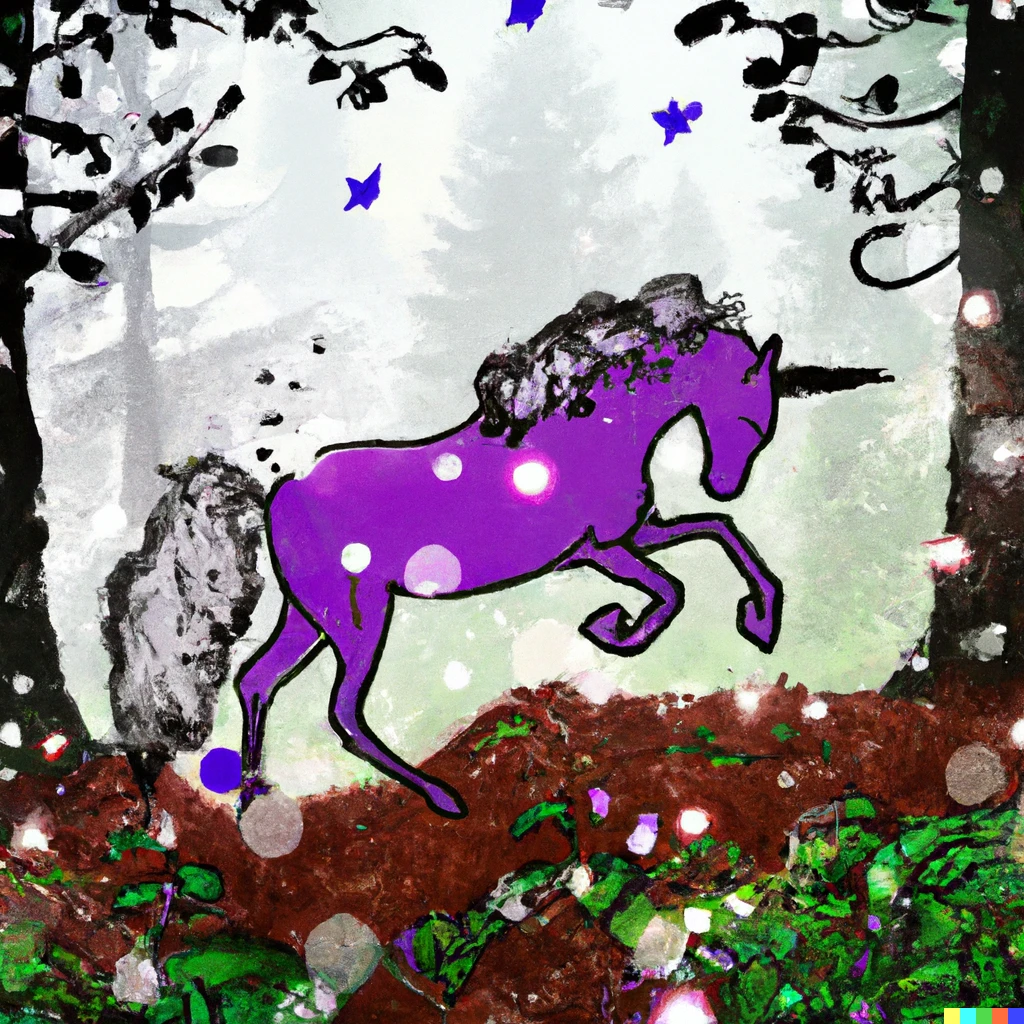
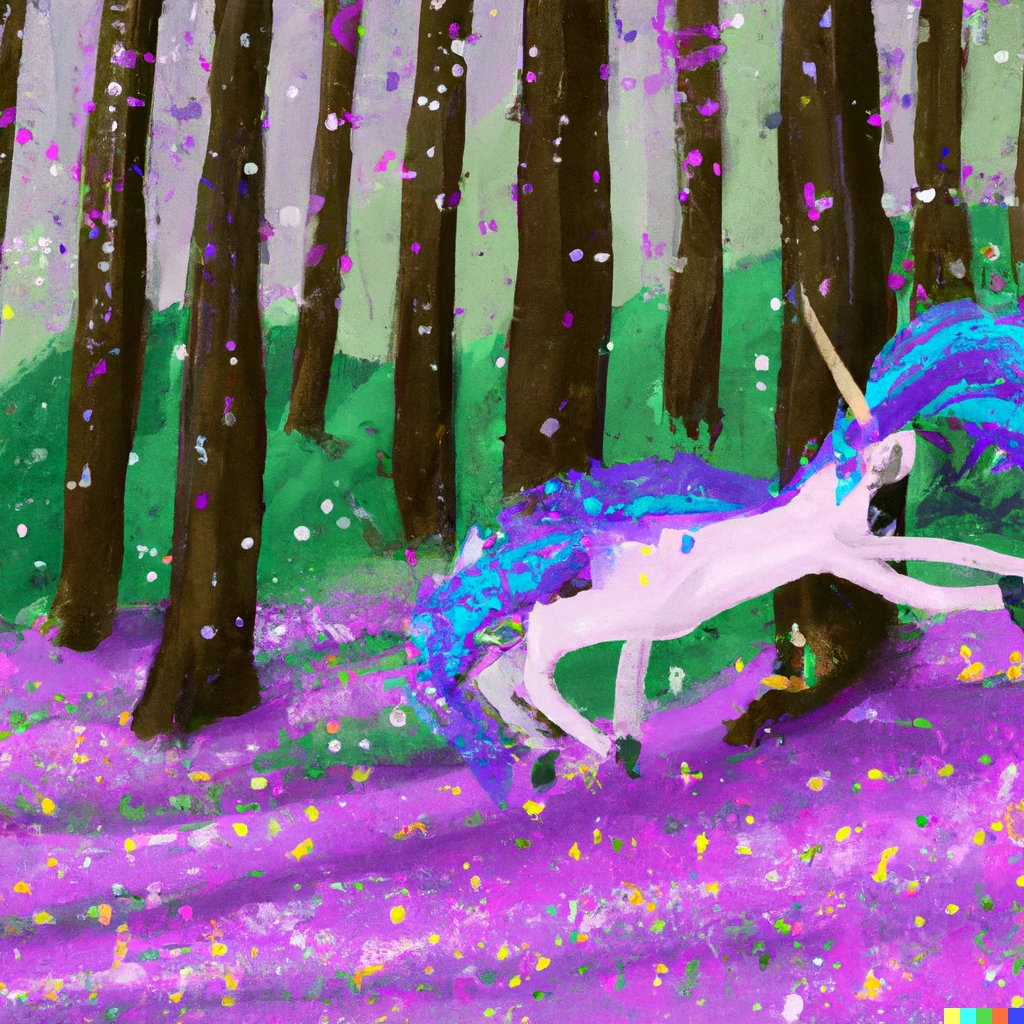
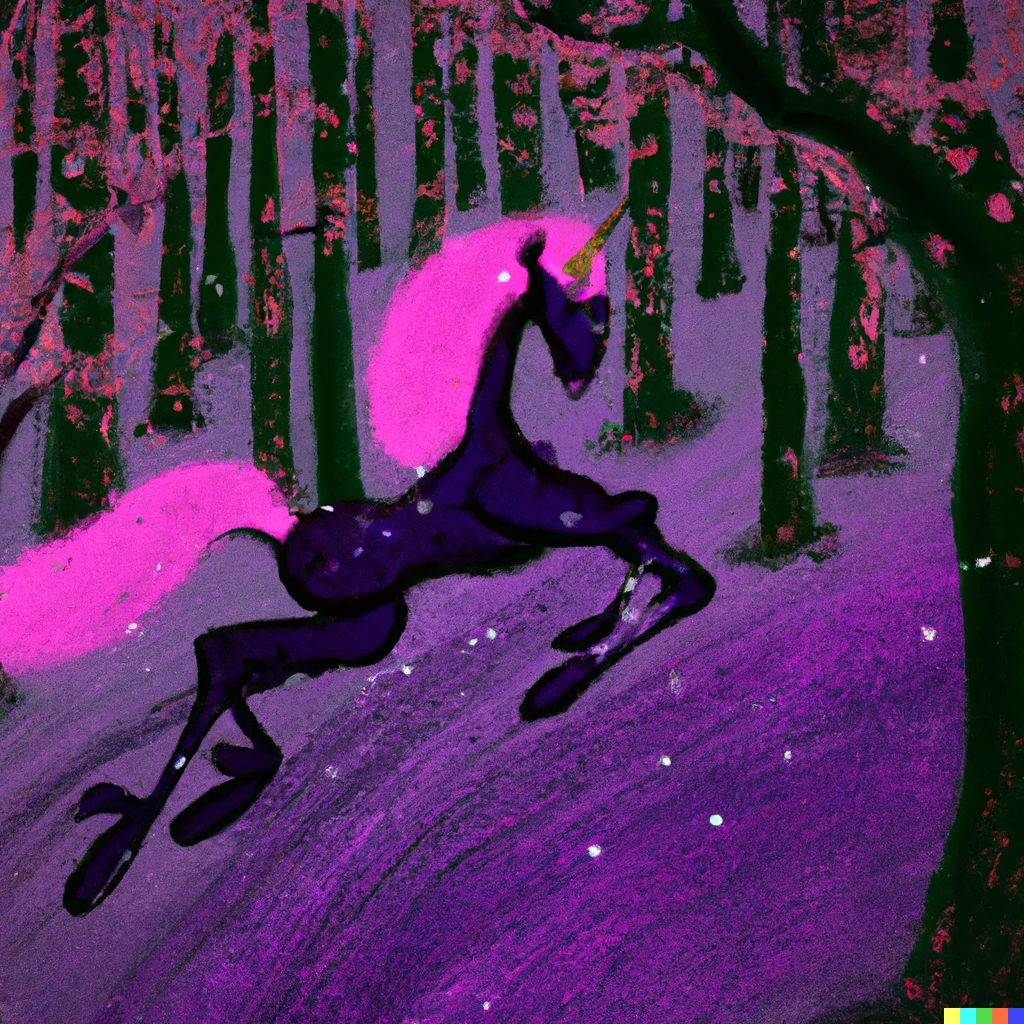
Now I ask you, were these the images you expected? Most likely not, they are undoubtedly impactful but hardly representative of what your mind’s eye saw.
It must be said that if you had commissioned a work from a human artist, leaving him with the same indications that you gave to the AI, the critical reaction would most likely have been the same, however this does not take away the fact that now you have arrangement of the images obtained without effort, apart from performing a couple of clicks and a few typing on the keyboard, and ultimately the reason for the existence of AI is precisely to help us streamline a job, considering that the processing takes just a few seconds, but not to replace us.
In addition to generating images, you will find that the OpenAI website also offers additional options to edit or refine the generated images. Explore these features to obtain even more personalized results, you can also upload your own image and then ask the AI to modify it according to your instructions.
Conclusion and personal considerations:
DALL·E 2 represents a step forward in the field of artificial intelligence and image generation, all of course with the necessary limitations but thanks to this model we can obtain realistic images starting from textual descriptions, opening ourselves up to new creative and application possibilities.
How useful the use of AI can be for us at work, in simplifying everyday life or more simply in leisure will depend only on us and on the use we make of it.
There are ethical implications on what to ask to generate and how we will place them in the sight of others but the same thing also concerns the actions we carry out every day, therefore the principle of personal responsibility applies and this should be sufficient to guarantee responsible use of the endless capabilities made available to us.
It is hardly worth saying that DALL·E 2 is still in the development phase, so it is likely that the model will return images with obvious errors or in need of improvement but the hope is that it will continue to offer increasingly surprising and useful results.
Good image generation.
If artificial intelligence is also of interest to you, here is my article on ChatGPT.
Salvo

 it_IT
it_IT